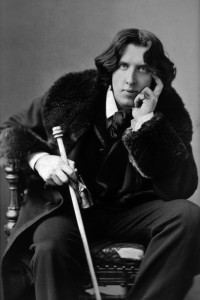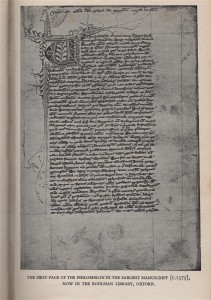 Bishop Bury of Durham spent so much money on books that he lived in dire poverty and debt and when he died all that could be found to cover his corpse was some underwear belonging to his servant.
Bishop Bury of Durham spent so much money on books that he lived in dire poverty and debt and when he died all that could be found to cover his corpse was some underwear belonging to his servant.
The facts regarding his library are mind blowing. According to W.M. Dickie, who wrote a paper on Bury and his magnum opus , the Philobiblon, in The Book Handbook (1949), he had more books than any bishop in England. Five wagons carried them away, which suggests that the number of volumes was more than 1,500. This compares with the Sorbonne’s 1,722 in 1338, the 380 volumes at Peterhouse College, Cambridge, in 1418 and the 122 housed in the University Library there in 1424.
In his Philobiblon Bury writes of wishing to found a college in Oxford and to endow it with his library, but no college is named. Some historians have maintained that the library was bequeathed to Durham College, but there is no evidence that the college received any such endowment. The sad truth is that this wonderful library was probably broken up and sold off to pay Bury’s huge debts.
The Philobiblion is revealing as to how many of Bury’s books were acquired:
“We were reported to burn with such desire for books, especially for old ones, that it was more easy for any man to gain our favour by means of books than of money. Wherefore since support by the goodness of the aforesaid Prince (Edward III)…we were able to requite a man, well or ill, to benefit or injure mightily great as well as small, there flowed in instead of presents and guerdons, and instead of gifts and jewels, soiled tracts and battered codices, gladsome alike to our eye and heart…In good will we strove so to forward their affairs ( the affairs of donors of books) that gain accrued to them, while justice suffered no disparagement”
In this way Bury, when Keeper of the Privy Seal, was given four books, namely Terence, Vergil, Quintilian and Jerome against Rufinus by Richard de Wallingford, Abbot of St Albans, who also sold to Bury for fifty pounds of silver, thirty-two other books, of which he gave fifteen to the refectory and ten to the kitchen (presumably at Westminster Abbey), an act which was later condemned by Thomas Walsingham, former scriptorarius at the Abbey. The Abbot’s motivation in securing such an astonishing bargain for Bury was to promote the interests of his monastery at Court and indeed Bury helped him secure a royal charter giving the Abbot the exceptional right of imprisoning excommunicated persons. When Bury became Bishop of Durham in a fit of remorse he restored some of the books to St Albans. And following his death, Wallingford’s successor at the Abbey secured other volumes at a discounted price from Bury’s executors. One of these, John of Salisbury’s Policraticus—now in the British Museum—bears an inscription recording its sale to Bury and its repurchase in 1346 from his executors. Only two other manuscripts are known to have belonged to Bury. One is in the British Museum and the other is in the Bodleian. Both are from St Albans. Continue reading

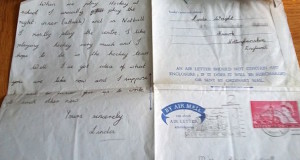

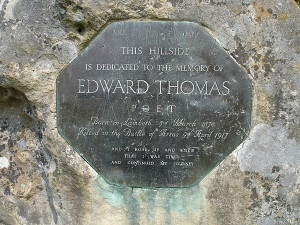
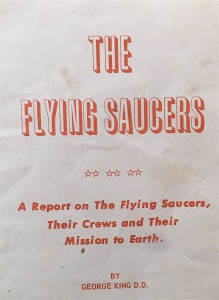
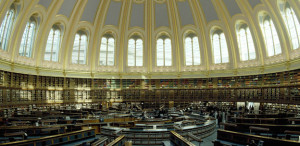 The removal of the British Library from Bloomsbury to St Pancras seems to have ushered in a new, more relaxed, attitude towards the rules governing who can acquire a reader’s card, according to a Guardian article of 2005. In it the Reading Room is described as being crowded with undergraduates, anxious, no doubt, to obtain an advantage over their peers. Under the rules prevailing in 1938, and which are contained in a Guide to the Use of the Reading Room, a copy of which we found recently in a box of ephemera, restrictions which perhaps Karl Marx might have recognised, were doubtless drawn up to limit the number of readers using the famous Rotunda. There is a distinctly schoolmasterly tone to the following advice:
The removal of the British Library from Bloomsbury to St Pancras seems to have ushered in a new, more relaxed, attitude towards the rules governing who can acquire a reader’s card, according to a Guardian article of 2005. In it the Reading Room is described as being crowded with undergraduates, anxious, no doubt, to obtain an advantage over their peers. Under the rules prevailing in 1938, and which are contained in a Guide to the Use of the Reading Room, a copy of which we found recently in a box of ephemera, restrictions which perhaps Karl Marx might have recognised, were doubtless drawn up to limit the number of readers using the famous Rotunda. There is a distinctly schoolmasterly tone to the following advice: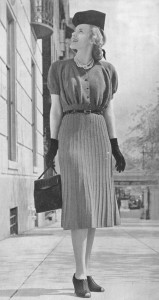
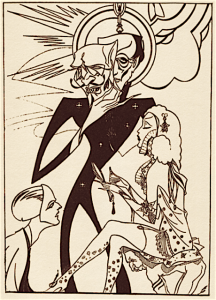
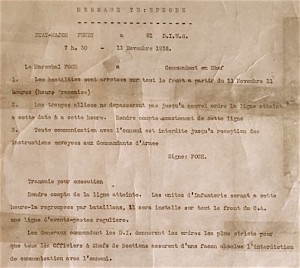
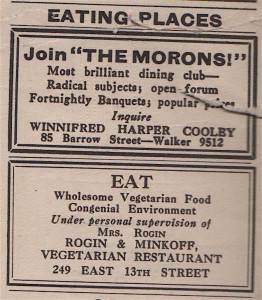

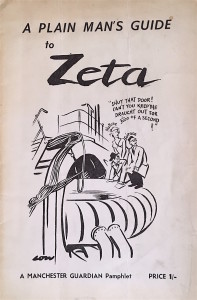
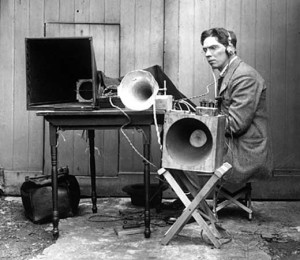


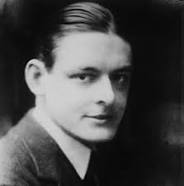 Bachelor, in digs.,wishers to meet gentlemanly fellow of refined tastes, bank clerk for instance, who wants chum. Walks, cycle rides, physical exercises, theatres etc. Friendship desired. Confidences exchanged. (X2, 372)
Bachelor, in digs.,wishers to meet gentlemanly fellow of refined tastes, bank clerk for instance, who wants chum. Walks, cycle rides, physical exercises, theatres etc. Friendship desired. Confidences exchanged. (X2, 372) Found in a copy of the October 1936 issue of The Collector’s
Found in a copy of the October 1936 issue of The Collector’s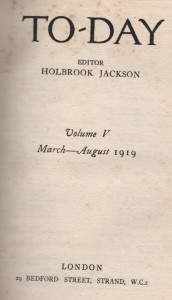
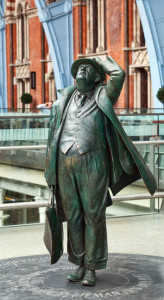 Found- in a copy of Nip in the Air (John Murray 1974) a book of poems by John Betjeman this affectionate parody by the esteemed travel writer Patrick (‘Paddy’) Leigh Fermor. It is probably from a magazine (pp 379-380), possibly The London Magazine but is not archived anywhere online. It is probably from the 1970s. It deserves a place in a completist Betjeman collection and in any future collection of
Found- in a copy of Nip in the Air (John Murray 1974) a book of poems by John Betjeman this affectionate parody by the esteemed travel writer Patrick (‘Paddy’) Leigh Fermor. It is probably from a magazine (pp 379-380), possibly The London Magazine but is not archived anywhere online. It is probably from the 1970s. It deserves a place in a completist Betjeman collection and in any future collection of 